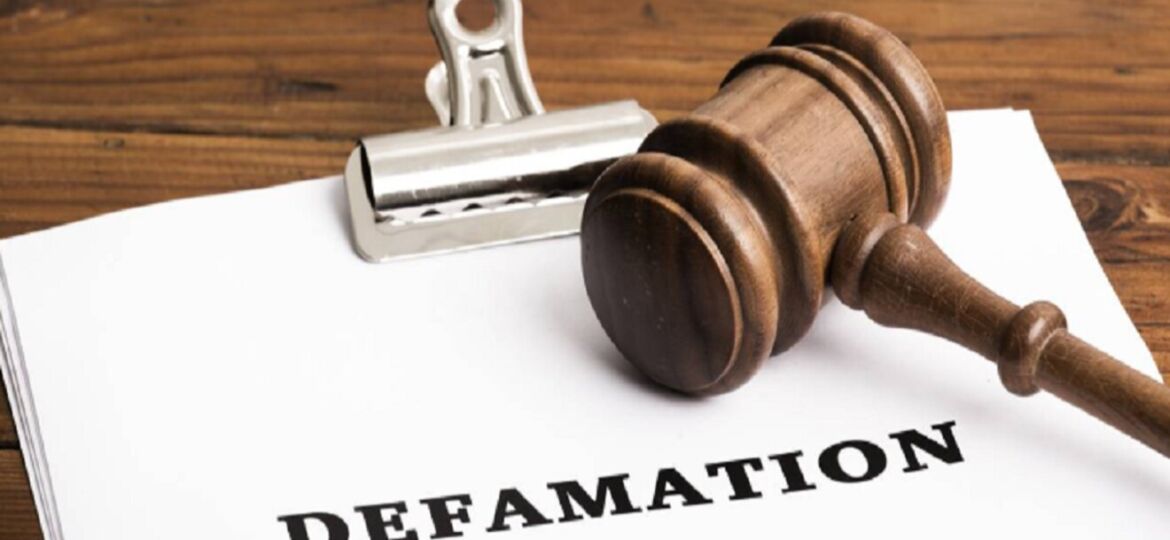
INTRODUCTION
New advances made in technology have led to its scope being broadened immensely. Today, computers are used for anything and everything in a way that wasn’t even imaginable till about a decade ago. Although this has thoroughly simplified life, misuse of such technology is prevalent worldwide. Social networking sites permit users to publish information according to their own free will, which, in turn, has led to the widespread rise of ‘ cyber defamation’. Cyber defamation poses a substantial peril to both individuals and organizations. Apart from damaging the reputation, the mental health of the victim can be tarnished when a libelous statement is published against him/her. It can also blemish a corporation’s prestige, which negatively influences share prices, customer loyalty, and access to debt markets. Although much of the “development of the law concerning the Internet is in its infant stages, “online defamation has received a significant comment. This article will provide a deep insight into cyber-defamation law in India and aims at analyzing crucial outcome-determining elements in internet-based libel cases. It also addresses the liabilities of the defendants and recoveries granted to the plaintiff in such cases. Vital issues plaguing the law are also emphasized upon.
ANALYSIS
What precisely is cyber defamation’? Essentially, it refers to publishing an inaccurate statement in cyberspace that can injure or demean the reputation of an individual or organization in the minds of right-thinking people of society. According to the Indian judicial system, it can be regarded as both, a civil and criminal offense. Section 499 of the Indian Penal Code prescribes the offense as “whoever, by words either spoken or intended to be read, or by signs or by visible representations, makes or publishes any imputation concerning any person intending to harm, or knowing or having reason to believe that such imputation will harm, the reputation of such person, is said . . . to defame that person.” while section 500 prescribes the penalty. As per sections 65 A and 65 B of the Indian evidence act, everything ranging from online chats to electronic mail is admissible as evidence.
Cyber defamation poses various questions of paramount importance to law enforcement officials and legislators. Firstly, it can be especially laborious for authorities to track down the offender and the third person in the presence of whom the defamatory statement was made. (The presence of a third-party is necessary for the commencement of any form of defamation). Most social media platforms allow users to conceal their identity making it exceptionally strenuous for officials to seize the culprit. Also, once a derogatory statement is posted on the internet, it is unfeasible to monitor the number of people that peruse it. For instance, in Kalandi CharanLenka vs State Of Odisha, the plaintiff and her father received salacious messages which imputed her character and thus, maligned her reputation. These messages were sent from an unknown mobile number, causing difficulties for the police to track the defendant. Later, a counterfeit Facebook account was established by the defendant that posted morphed images of pornographic nature to further distress the victim. During the course of the investigation, the Cyber Cell of the Crime Branch examined various witnesses and sent a mail to different service providers to trace out the mobile number along with the IMEI number. Eventually, the authorities nabbed the culprit but only after overcoming critical obstacles that delayed justice to the aggrieved. Legal experts claim that this will not be the situation as technology progresses, but in my opinion, this argument seems flawed. As technology will ‘progress’, offenders will also find it effortless to camouflage themselves, making it tougher for officials to locate them.
The other pivotal issue is that of infringement of fundamental rights. There exists a fine line between what is counted as freedom of speech and what amounts to defamation. Section 66-A of the IT act reads: “Any person who sends by any means of a computer resource any information that is grossly offensive or has a menacing character; or any information which he knows to be false, but for the purpose of causing annoyance, inconvenience, danger, obstruction, insult shall be punishable with imprisonment for a term which may extend to three years and with fine.” In 2015, the supreme court struck down this provision as the act did not explicitly specify what counted as ‘offensive’. This was the result of the aftermath of the historic case Shreya Singhal vs U.O.I. According to me this is a step in the right direction as instances of the government availing this act to repress free speech of citizens were aplenty, and hence, it’s quashing by the judiciary was essential. Subsequently, according to the current Indian regulatory framework, a person committing the act of cyber defamation is liable only under section 499 of IPC.
Another pressing affair of considerable concern is that of territorial limits. The internet is available universally. What is the procedure when an insulting declaration is passed from one corner of the world, meant to smear the reputation of someone in another? What jurisdiction does such a case belong to? Recently in Swami Ramdev & Anr. v. Facebook Inc. & Ors, Facebook in its appeal contended that the global takedown order of the contentious statement was against national sovereignty and international comity, as it interfered with defamation laws of other countries. This proves that innumerable hindrances are prevalent in global cyber law and an immediate solution is necessary.
CONCLUSION
The sheer volume of information transferred on the internet makes it vastly susceptible for cyber defamation cases to occur. While introspecting at the current scenario, it is evident that Indian cyber laws do not provide a sufficient approach to successfully tackle the problems faced. Application of 18th-century pre-colonial defamation laws in the age of the internet is of no substantial use and seems redundant. In my opinion, the establishment of an autonomous cybercrime investigation unit under the central government is of prominent importance. The present scenario dictates that the masses do not possess information on laws related to cyber defamation. Awareness programs should be initiated so much information can be procured by one and all. As India is a common-law jurisdiction, the judiciary has a dominant part to play and thus judicial officers should be trained effectively in technology to fast track justice when cases regarding cyber law are contested. The aforementioned steps may not eradicate cyber defamation, but they will surely make the internet a safer place if implemented correctly.
Author(s) Name: Shubh Jaiswal (O.P. Jindal Global University, Sonipat)















